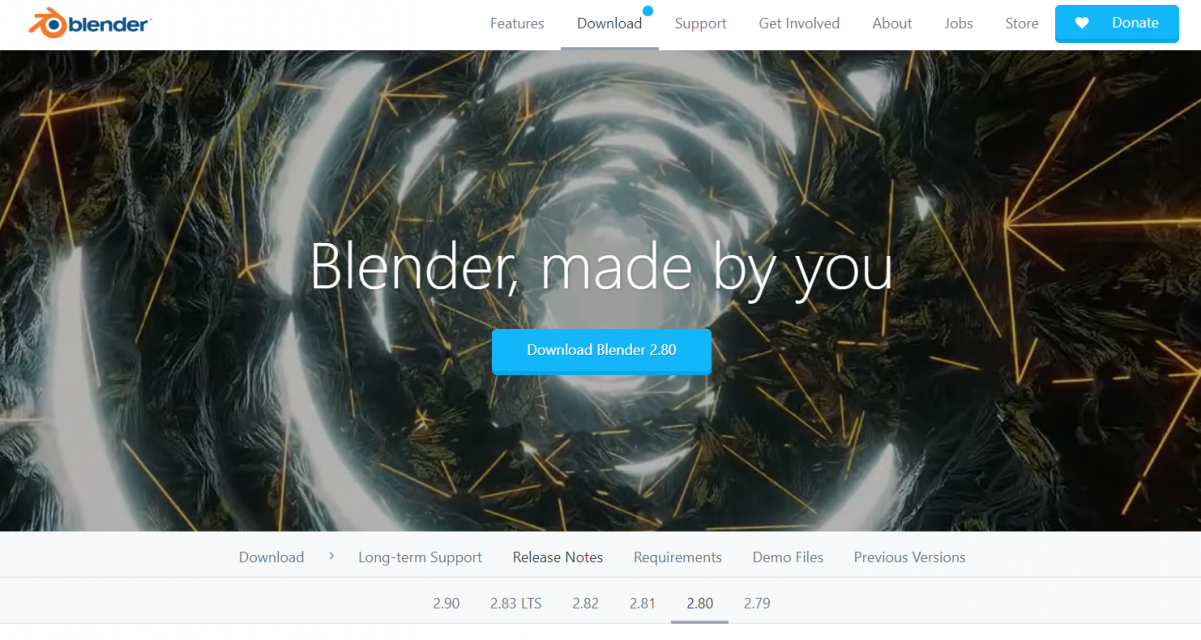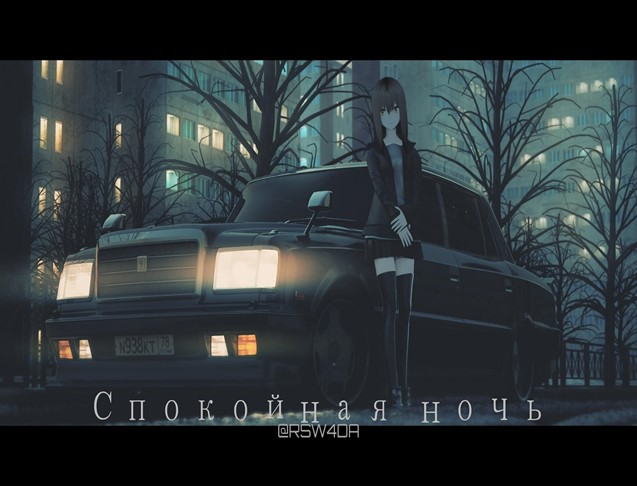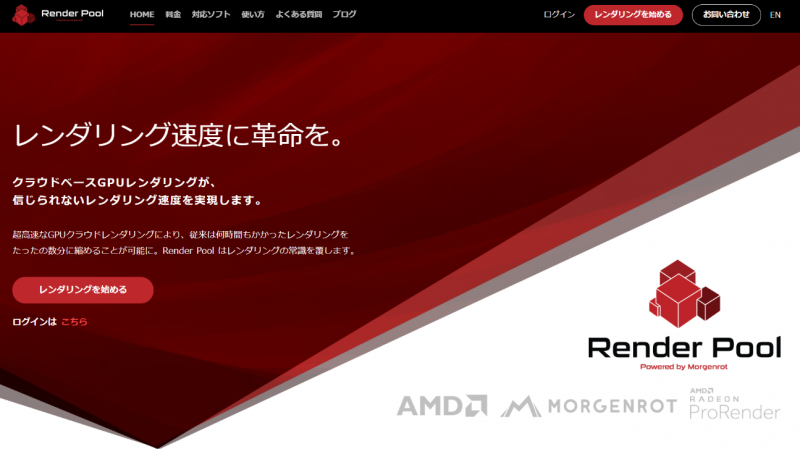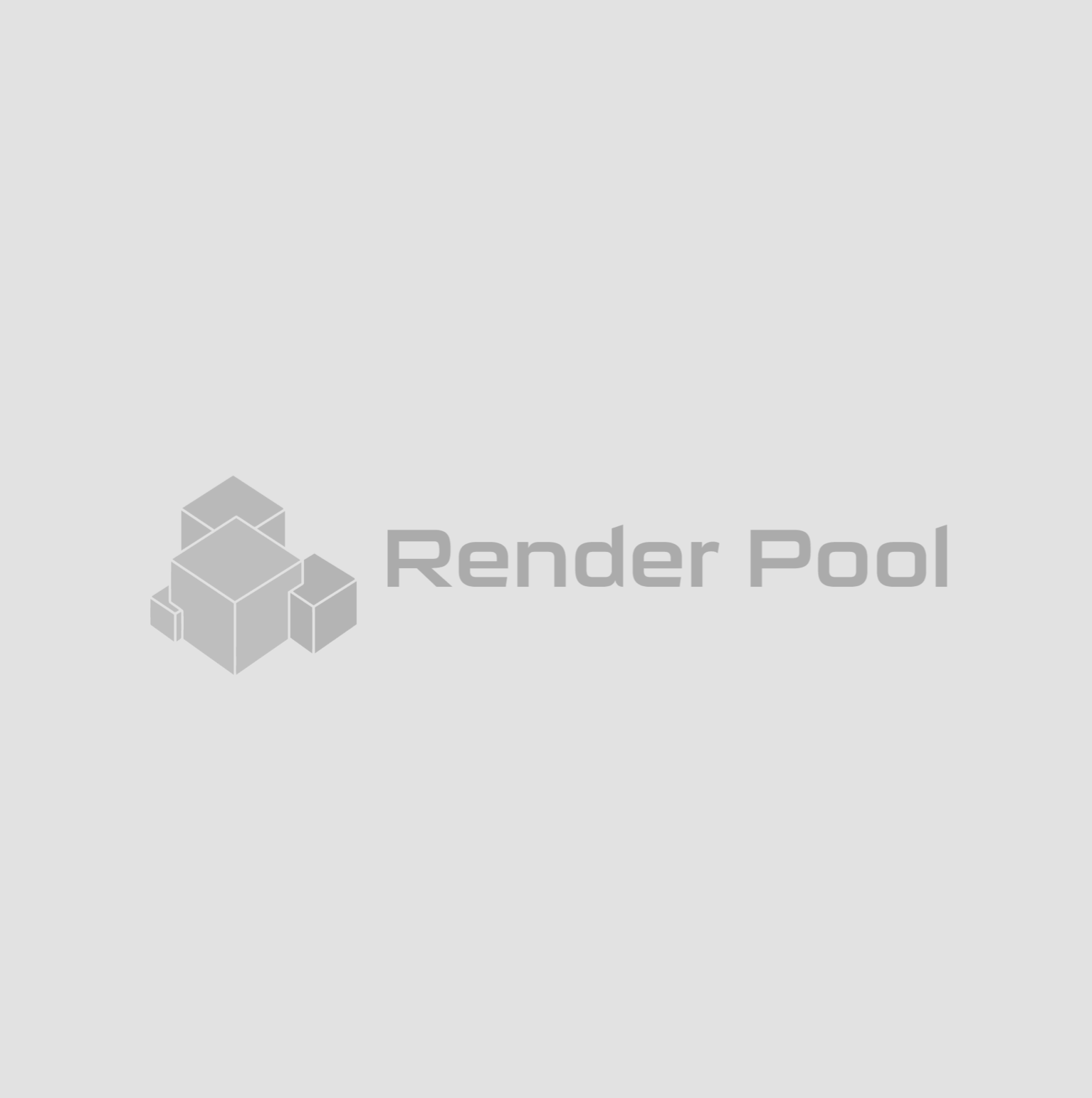You’ve set up your scene in Blender. The lighting looks great, your materials reflect beautifully, and your camera is perfectly framed. Now you’re ready to hit Render — but a wave of uncertainty hits. Cycles or Eevee? What’s the right number of samples? What even are light paths, and do they matter? If this sounds …




